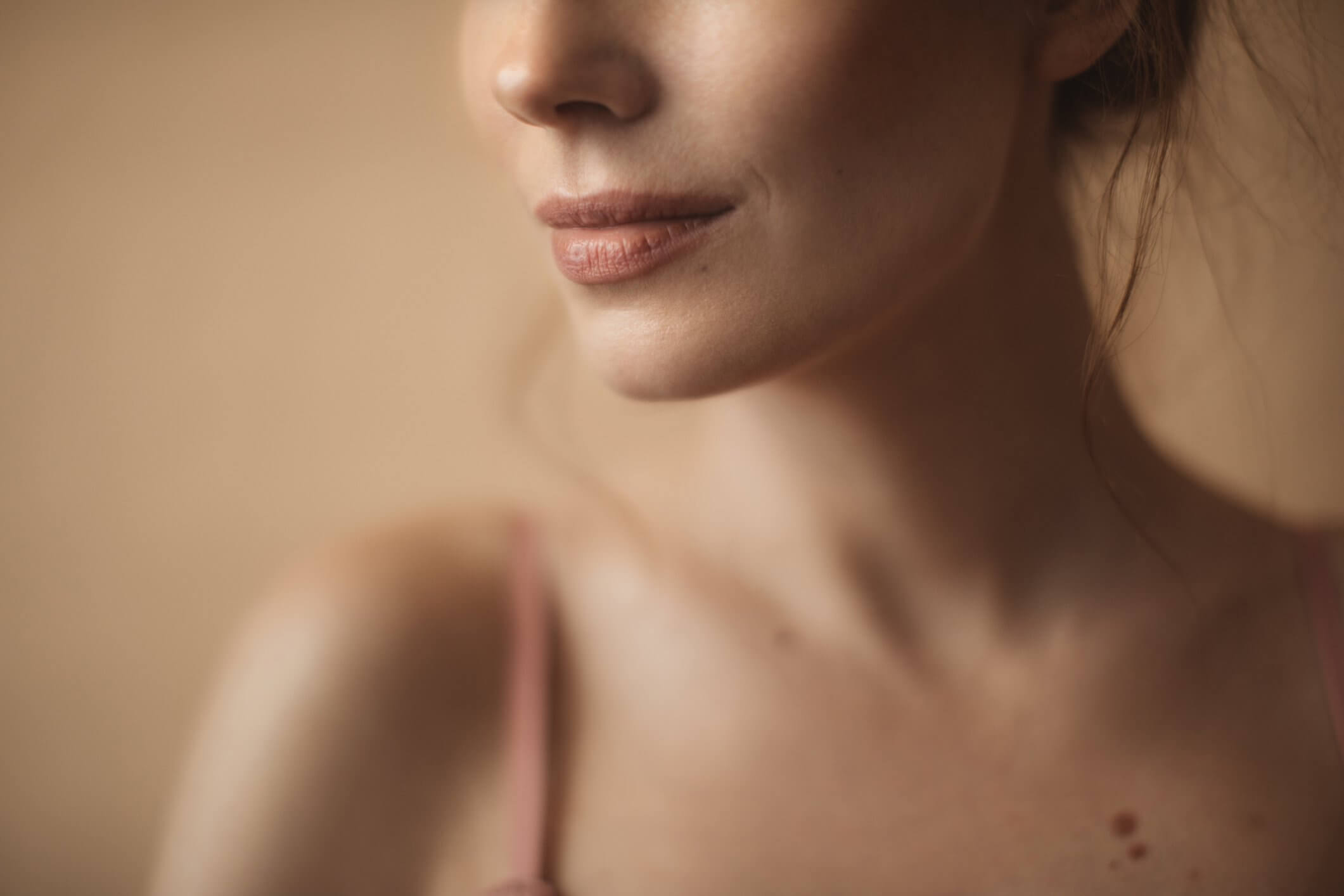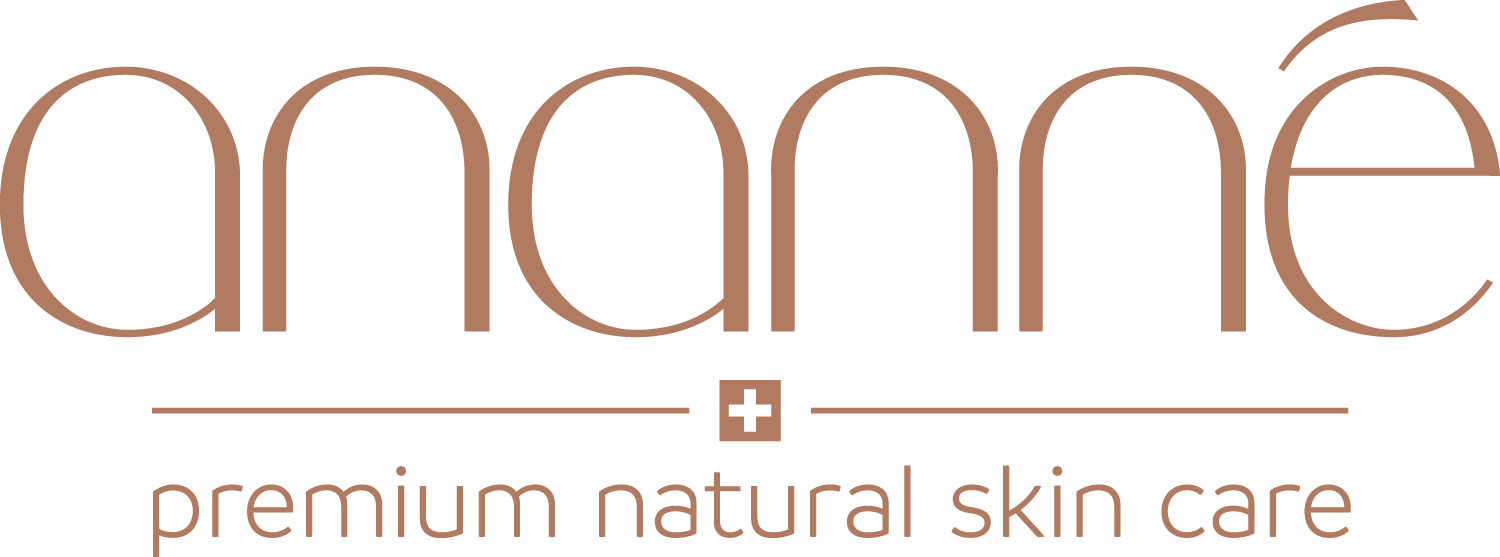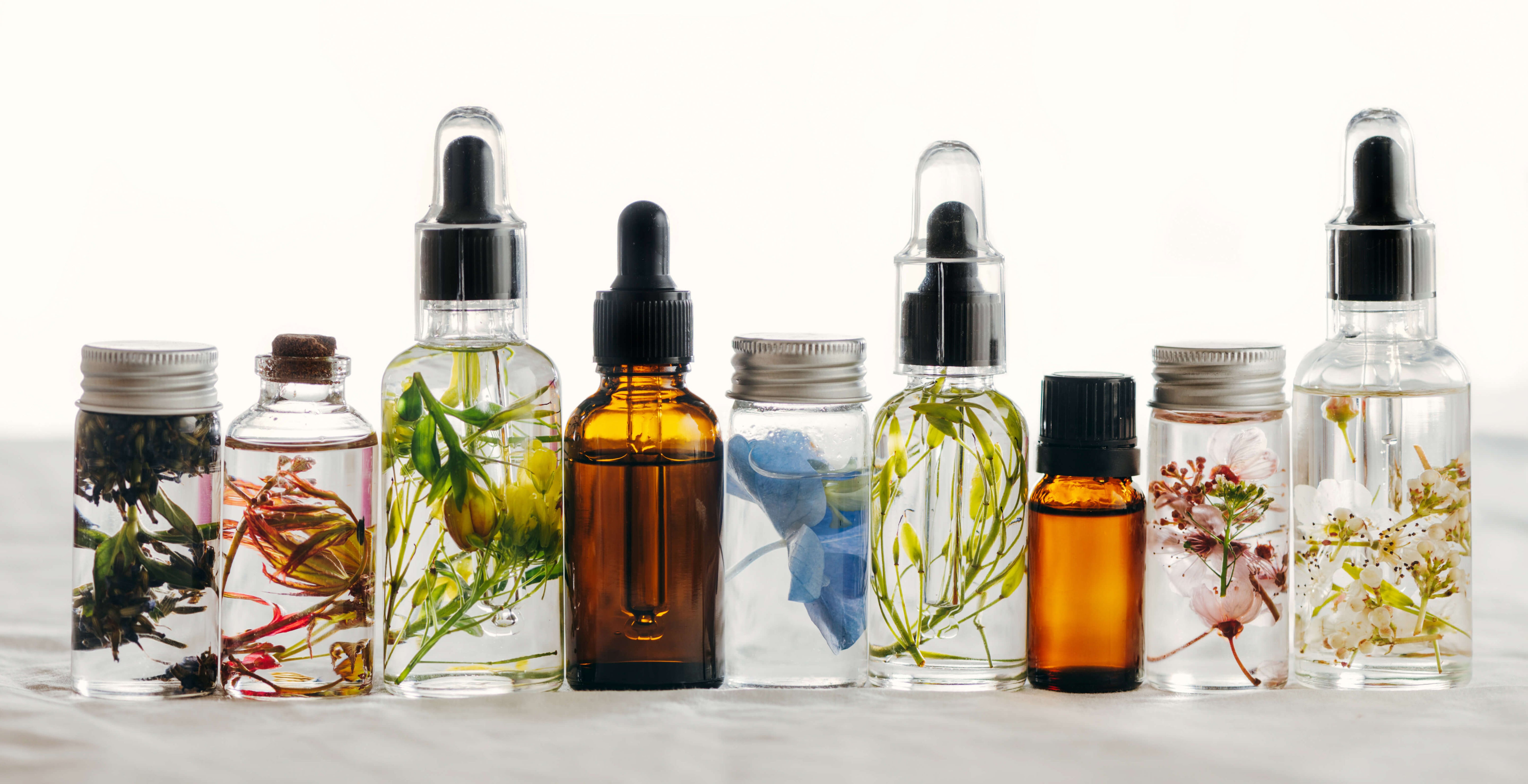Article: In dialogue with the skin

In dialogue with the skin
The structure and needs of the skin.
Our largest organ
The skin is the largest organ in the human body. As a doctor of integrative medicine, I want to take this into account and have been in close dialogue with the skin for many years.
The skin is not only our largest organ, but also the one we take for granted, which means that we take many things for granted without thinking deeply about their function and performance. The skin "just works". This also plays a role in skin care. Like many things that seem obvious, the skin is often underestimated, even "overlooked". It forms the surface of the body, covering around two square meters (in a normal-sized adult) and carries out a multitude of vital functions in a small space.
It forms the body's boundary to the outside, is a sensory organ, serves to regulate temperature and is an important part of the immune system. The trained eye can read so much from the skin that one could almost speak of a window into the inside of the body. As a practicing doctor, I also analyze the facial skin during the anamnesis, as emotions (tension) and skin diseases, especially on the face, are closely linked to visible physiological and psychological reactions.
A face can speak volumes
The face itself is a unique region of the body. No other living creature expresses itself through its face like humans do. The mobility of the face serves the purpose of expression and communication.
It is therefore obvious that special attention should be paid to facial skin. It is noticeable that skin diseases have increased significantly in the population over the past few decades and that this correlates with the apparently better care provided by "civilized and wealthy" societies. Some of the reasons for this are already known - for example, insufficient sun protection or incorrect care - and could be remedied relatively easily. This requires a certain change in behavior, comparable to sensitivity to the quality and origin of food, which has already made significant progress in most population groups.
Most behaviors do not require a great deal of effort. A lot of things become immediately understandable when you know something about your own skin and how it works, or simply pay a little more attention to it in your daily care. So it is only right that as a consumer you have the right to know what is in the wide range of care products available.
Skin type and condition
The skin is an independent organ like the kidneys, heart and lungs. It is a miracle of nature and simply works. In dermatology, a distinction is made between skin type and skin condition, which are influenced by external and internal influences.
The skin is closely correlated with the digestive system: if something is wrong in the margin-intestinal tract, this becomes noticeable and visible, for example, in impure or slightly inflamed skin.
Therefore, it is important to pay special attention to the skin when caring for it, skin type and the Skin condition to analyze and know.
With the skin type The genetic predisposition is also described taking into account the individual's age. When classifying skin type, we base our assessment on the amount of melanin pigment produced in the individual skin. Melanin absorbs UV light and prevents UV light from penetrating the dermis (the deeper layer of the skin).
However, the melanin stored in the skin cannot completely absorb the UV light. The natural protection time is defined differently for each skin type.
|
Type |
Skin color |
Hair color |
eyes |
special feature |
Natural protection time |
|
Celtic |
Very bright |
light blond, reddish |
Blue, green, light grey |
spreads freckles, hardly any tanning |
< 10 minutes |
|
Nordic |
Hell |
Blond, light brown |
Blue green, degree |
often freckles, slight browning |
10-20 minutes |
|
mixed type |
medium |
Light to dark brown, black |
Blue, green, gray, brown, dark |
slow tanning, light brown tones |
20-30 minutes |
|
Mediterranean |
Brownish, olive-colored |
Brown to black |
Brown |
fast tanning, medium shades of brown |
>60 minutes |
|
Dark |
Dark |
black |
Dark to black |
fast tanning, dark shades of brown |
>60 minutes |
|
black |
Dark brown to black |
black |
Dark |
Barely visible increase in pigmentation |
>90 minutes |
The Skin condition It results from the current state of the organism (endogenous = coming from within) and external (exogenous) variables. We generally distinguish between the so-called T-zone (forehead and nose) and the cheek area. These characteristics can vary in intensity and depend on factors such as climate or hormonal status.
Of course, the quantity and quality of sebum production and the individual's predisposition also play a significant role. The condition of the skin is a snapshot that can return to normal or worsen once the factors change.
|
Skin condition |
Character |
sensitivity |
|
Normal |
Uncomplicated, balanced, rather dry in winter |
No |
|
combination skin |
Oily T-zone, dry cheeks |
medium |
|
Oily |
Increased sebum production, larger skin pores and thicker skin relief |
High |
|
Dry |
Delicate and fine-pored, low sebum production, weak ability to bind with water |
High |
|
Sensitive |
Redness, swelling, eczema |
Very high |
|
Ripe |
Deeper formation of lines and wrinkles, decreasing elasticity and noticeable loss of elasticity, disturbance of the even distribution of melanin (age spots) |
Very high |
At the skin care from ananné We also talk about phytomedicine. This means working with plant-based active ingredients. I find it fascinating that plants produce certain substances that are linked to human processes and have a positive effect on them.
The different layers of skin
There are three layers of skin: the visible epidermis, the dermis underneath and the subcutaneous tissue. Each layer has its own characteristics and functions. The skin includes various glands (sebaceous and sweat glands) and all hair as well as fingernails and toenails.
What initially appears to be a multitude of different details is in fact a finely coordinated ensemble of processes that balance the internal state of the organism and the conditions of the environment and mediate in a balancing manner. In sum, all processes lead to the preservation of the entire organism and do so by stabilizing the balance of all the organism's life processes. The skin has an astonishing ability to buffer tendencies or stressful situations and thus keep the organism stable.
Epidermis
It is also called epidermis or cornea and, in addition to providing mechanical protection for the Moisture regulation responsible.
It regulates water loss through the skin, the trans-epithelial water loss, which provides important guidance for supplementary skin care. If water loss exceeds the moisture supplied from the dermis, the skin's surface dries out. The stratum corneum then hardens in places or may even crack due to dehydration and loss of elasticity.
This layer is not supplied with blood and its lower layers are supplied with nutrients by the underlying cell layers of the dermis.
The epidermis has a slightly acidic environment around a pH of 5.5, which varies slightly from person to person. bacteriaThese bacteria do not harm the skin, but rather protect it from the colonization of potentially harmful germs. They keep the supply of nutrients low, so that foreign bacteria find relatively unfavorable conditions. They thus stabilize the skin's environment and constitute a component of the immune system.
Dermis
It is also called corium or dermis. The main functions of the dermis include the reception of sensory stimuli and metabolism, but above all, temperature regulation. Absorption and processing of nutrients and regenerative processes
in the cells play a central role in this skin layer. A network of elastic connective tissue fibers and the Collagen, forms the basic structure of the dermis. It is supplied with blood through finely branched blood vessels, a capillary network.
In this layer also comes the hyaluronic acid naturally produced in the body Hyaluronic acid is a type of sugar that binds water and thus has volume-filling properties. Hyaluronic acid is therefore one of the substances that fills the skin's contours from within.
Subcutaneous
The subcutaneous tissue consists of a loose connective tissue network in which mainly fat cells are stored, whereby one can distinguish between Construction grease and Depot fat differs.
Depot fat is food reserves, while structural fat has functional properties (for example, in cushioning the soles of the feet) and is anatomically broken down by the body very late, even in periods of hunger. The heat-insulating properties of body fat play an important role, especially in cold living environments (for example, in northern latitudes).
Structurally, the subcutaneous tissue is not very complex and is closely linked to the metabolism of the entire organism, namely digestion. The organism stores energy reserves in depot fat.
There are also gender-specific differences in the subcutaneous tissue, on the one hand in the fat distribution visible in the different body types and on the other hand in the influence of the “female” hormone estrogen on the tissue structure. This hormonal effect ultimately manifests itself in the Cellulitewhich predominantly affect women.


1 comment
Nice article, Taking care of the skin is extremely important. Using products that are not harmful to the skin is crucial. You have explained your skincare routine very well. Thank you very much for sharing this information with us. Looking forward to getting more such information from you in the future too. You could almost say skincare is my hobby. It is something I am passionate about and take pride in my healthy skin. by am and pm skincare routine.
david
Leave a comment
This site is protected by hCaptcha and the hCaptcha Privacy Policy and Terms of Service apply.